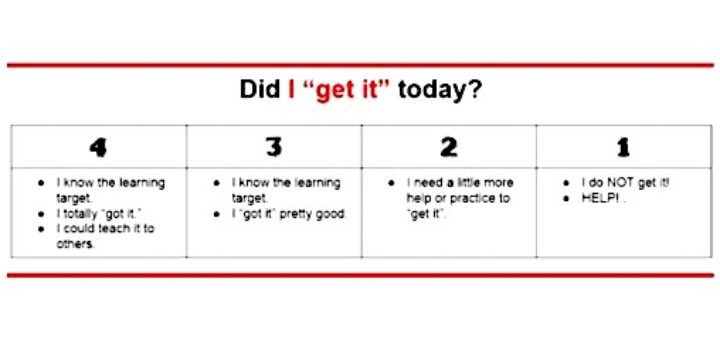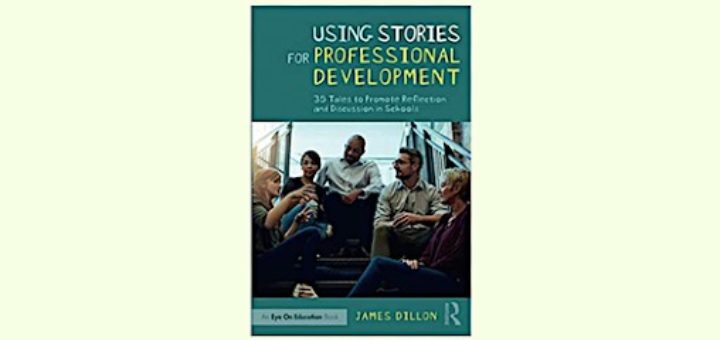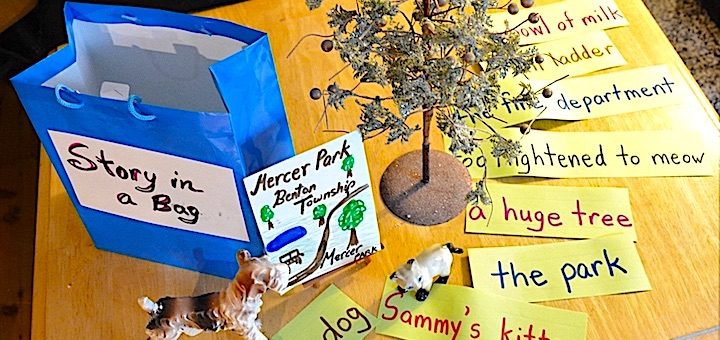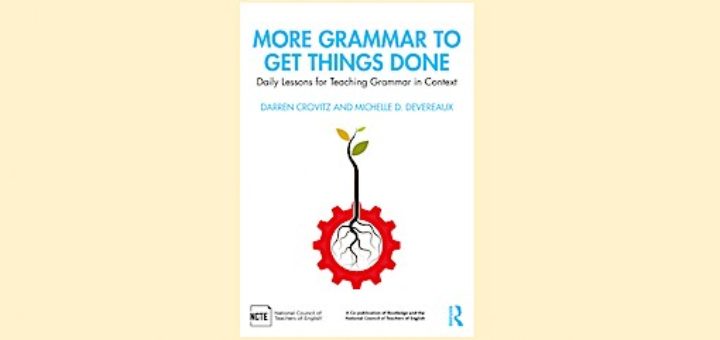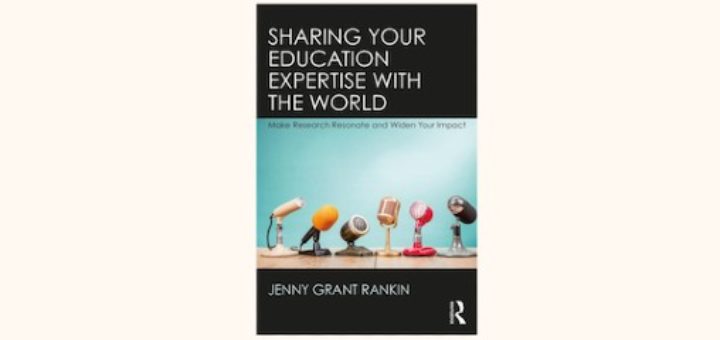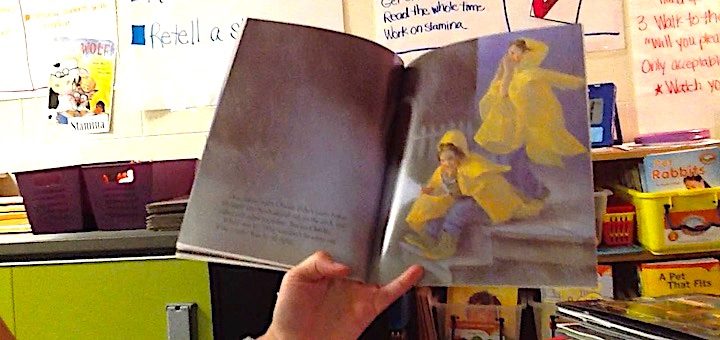Tap Out! Help Students Self-Assess Fast
For a fresh, fun way to quickly assess student progress, try having them “Tap Out!” in person or online. Kids can think about their efforts toward meeting a learning target, and teachers get ongoing formative assessment data, writes NBCT Rita Platt. Lots of tips and tools!

